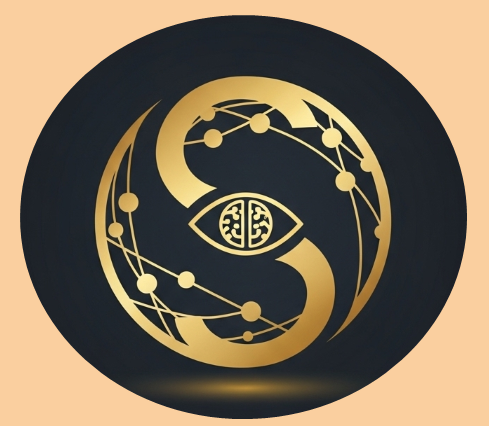AI for Education
Unlocking Personalized Learning
Perhaps the most exciting promise of AI in education is its ability to support personalized learning. AI-powered platforms can analyze each learner’s strengths, weaknesses, pace, and interests. This means students can receive custom-tailored lessons and real-time feedback—helping them progress at their own speed and focus on areas where they need support. Adaptive learning apps, smart tutoring systems, and even language-learning bots are already making education more inclusive and effective.
Supporting Educators
For teachers, AI acts as an indispensable assistant. By automating administrative tasks (like grading quizzes, monitoring progress, and tracking attendance), AI frees up valuable time—allowing educators to focus on creativity, mentorship, and deeper engagement with their students. AI-driven analytics help identify students at risk of falling behind, so teachers can intervene early and provide targeted resources.
From the Classroom to Everywhere
AI’s influence extends far beyond the four walls of the classroom. Students with disabilities benefit from voice-activated tools, real-time captioning, and smart content readers. Learning doesn’t stop at school: intelligent apps make self-study and lifelong learning accessible to anyone with an internet connection. Whether it’s mastering a language through conversation with an AI chatbot, exploring science with virtual labs, or creating art with generative AI tools, the possibilities are vast.
Navigating New Challenges
While the advantages are clear, AI in education isn’t without challenges. Concerns about student data privacy, potential biases in algorithms, and the need for human oversight remain critical. Teachers and parents are right to ask: Who owns student data? How transparent are these systems? It’s vital that we implement AI responsibly, with ethical guidelines and robust oversight.
Building AI Literacy
To harness the power of AI, we must build AI literacy for both educators and students. Understanding how AI works, its limitations, and its societal implications is as crucial as learning to read or write in the digital age. With openness, collaboration, and a willingness to adapt, we can ensure AI serves as a force for good in education—empowering every learner, everywhere.
AI is not a replacement for teachers or human connection. It’s a tool—one that, when used thoughtfully, can unlock creativity, curiosity, and opportunity for all. Let’s embrace this new era of learning together.
If you’re curious about the practical steps to begin integrating AI in your learning journey or classroom, explore more through our workshops, resource guides, and community discussions at SCircle.

